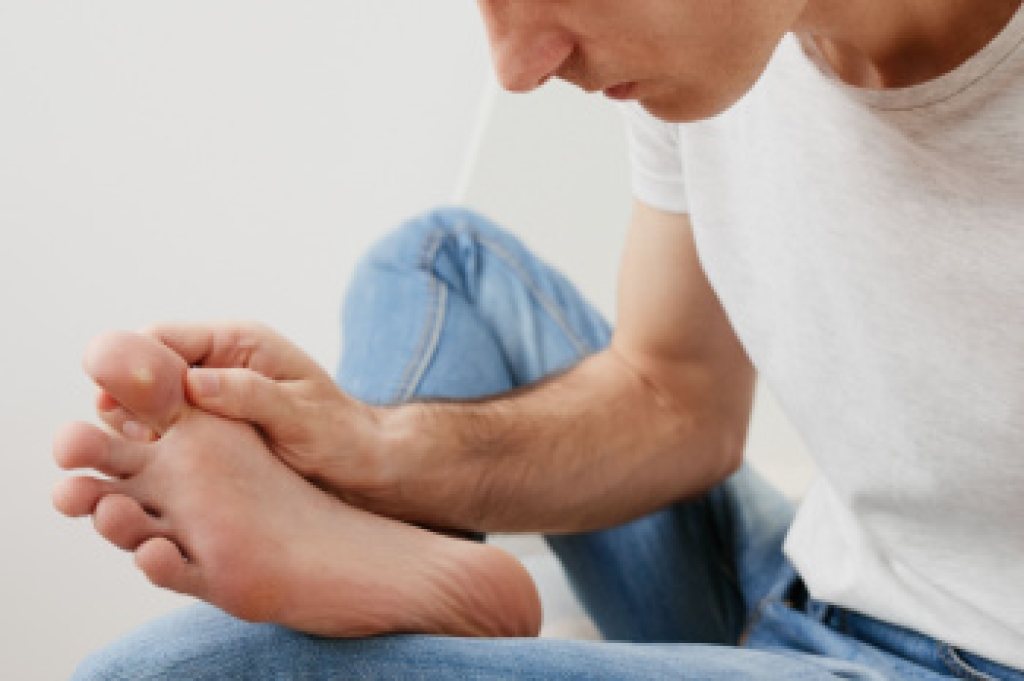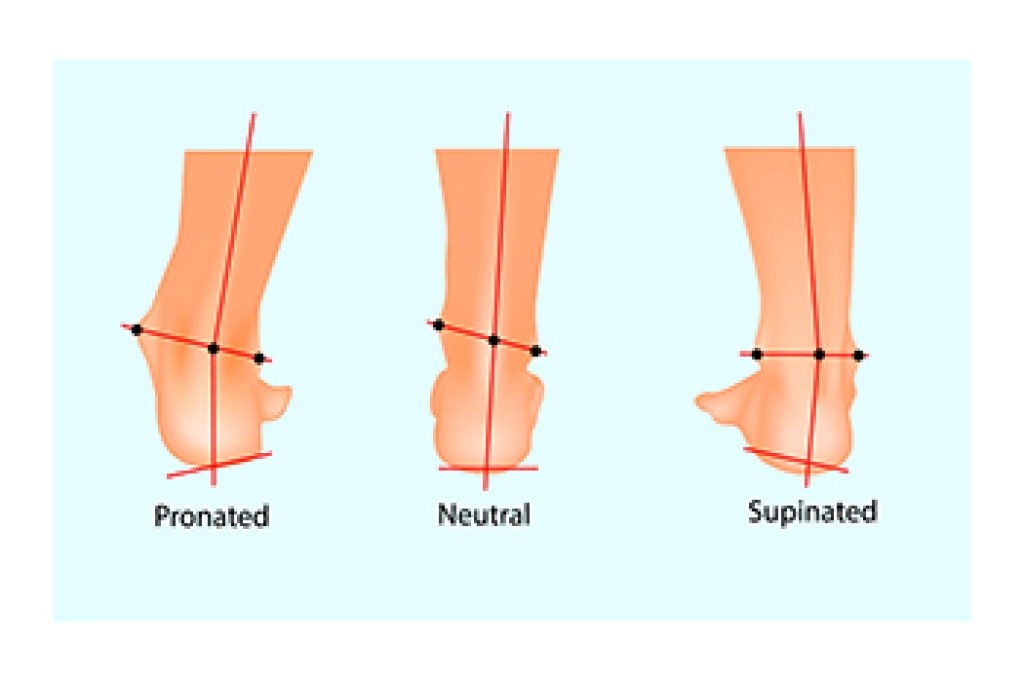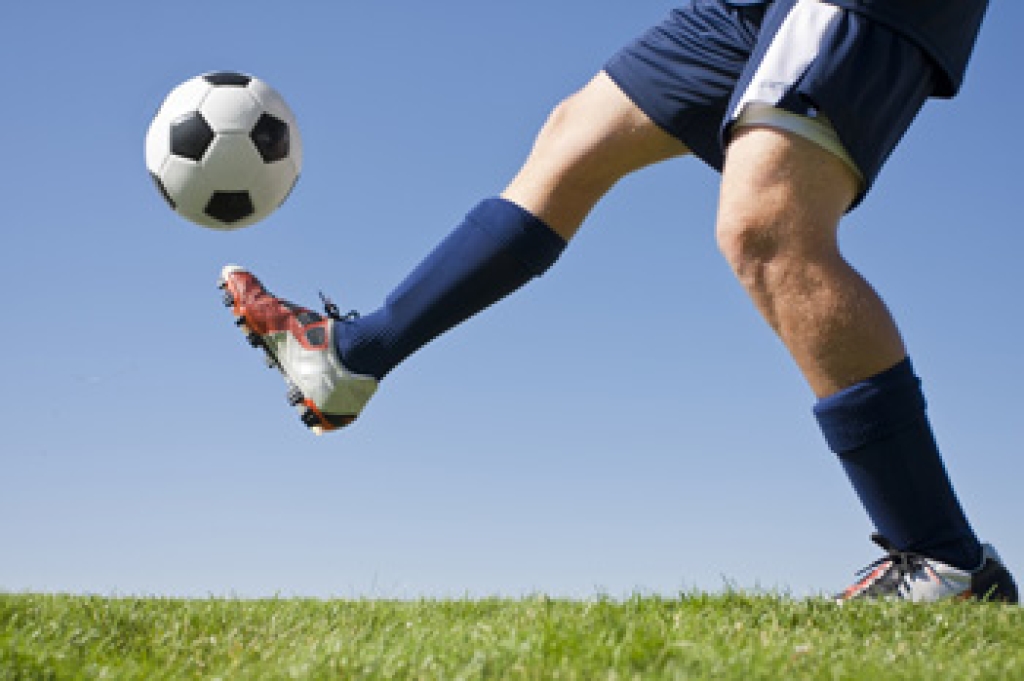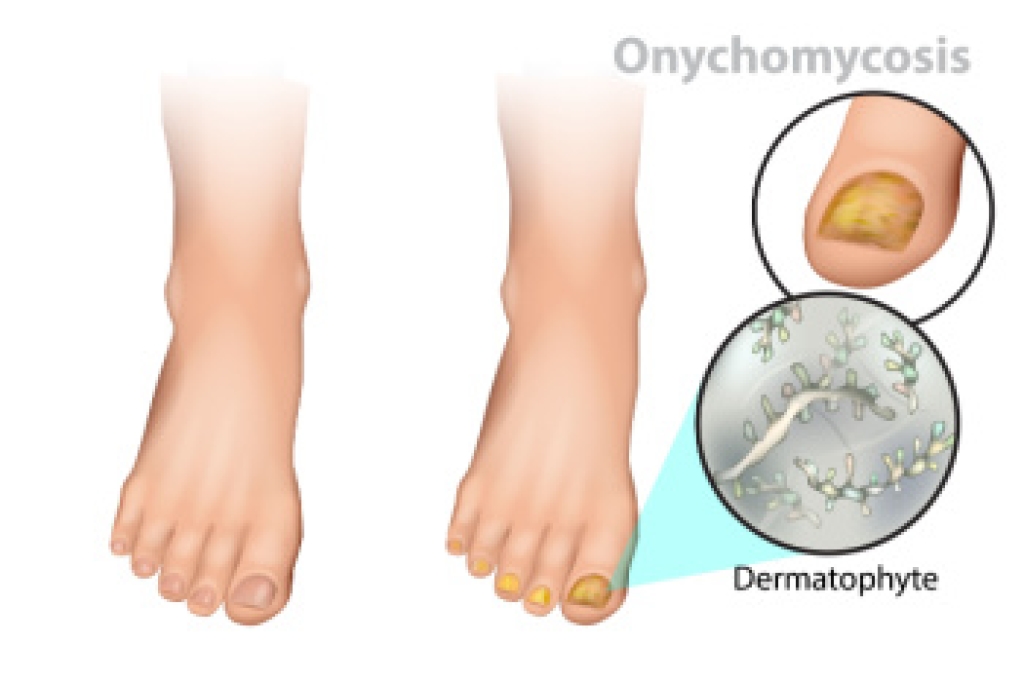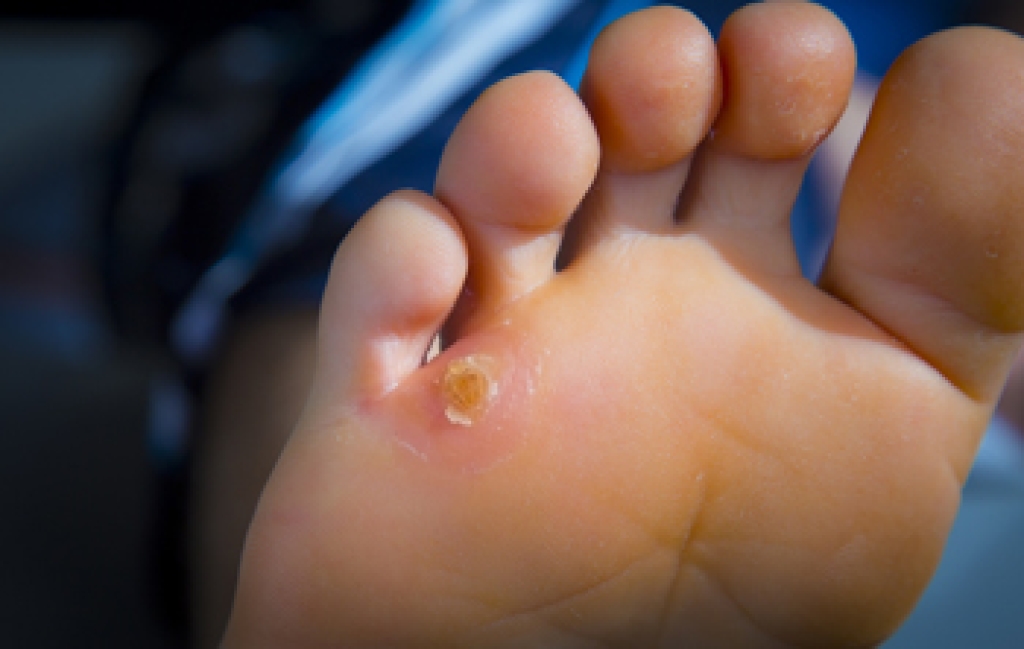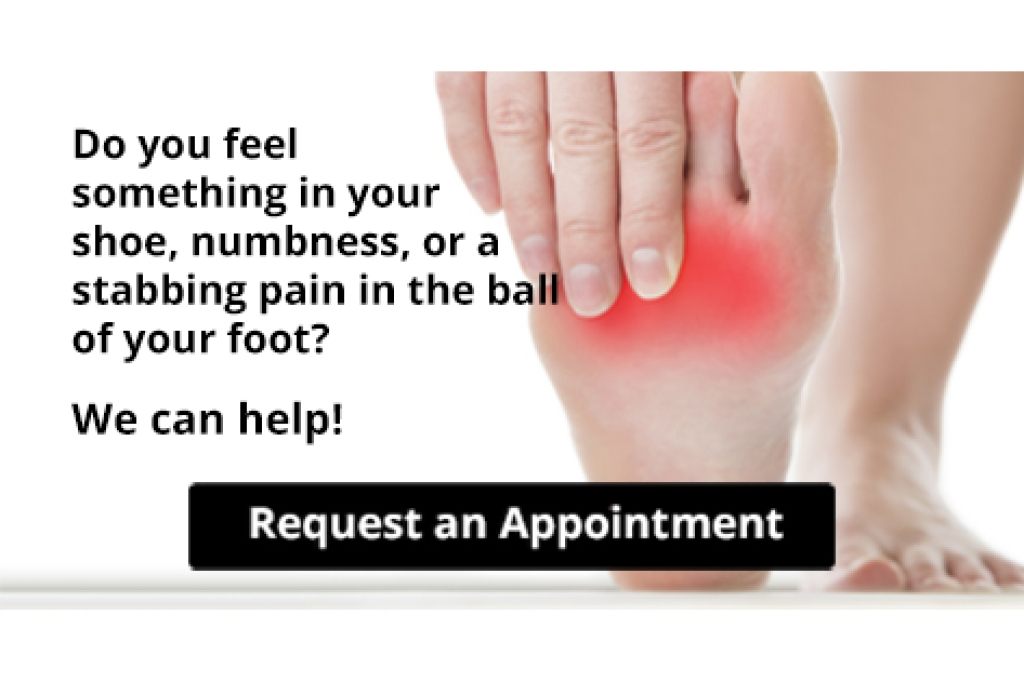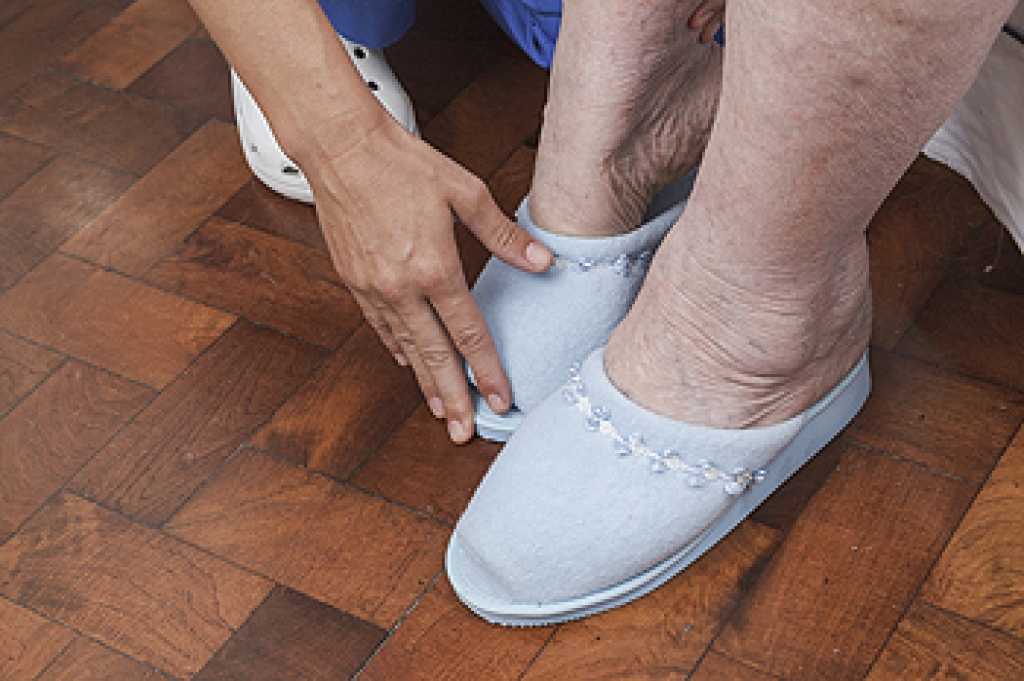
A foot examination is essential for older adults to prevent and manage potential health issues. Start by inspecting the feet for any visible signs of infection, cuts, or bruises. Check for blisters, corns, calluses, or swelling, as these can indicate pressure or friction from footwear. Pay attention to the toenails, looking for signs of fungal infections or ingrown nails. It is important to assess the circulation in the feet, ensuring that there is no unusual color change or coldness, which may signal poor blood flow. Also, examine the skin for any areas of redness or discoloration, which can suggest pressure points or sores. A foot examination is vital as many foot conditions in older adults can go unnoticed, leading to complications such as infections, mobility problems, or even falls if left untreated. If you are elderly and have any type of foot pain, it is strongly suggested that you consult a podiatrist who can treat various conditions, and perform routine exams for optimal foot health.
Proper foot care is something many older adults forget to consider. If you have any concerns about your feet and ankles, contact Andrew Katz, DPM from Allcare Foothealth Center. Our doctor can provide the care you need to keep you pain-free and on your feet.
The Elderly and Their Feet
As we age we start to notice many changes in our body, but the elder population may not notice them right away. Medical conditions may prevent the elderly to take notice of their foot health right away. Poor vision is a lead contributor to not taking action for the elderly.
Common Conditions
- Neuropathy – can reduce feeling in the feet and can hide many life-threatening medical conditions.
- Reduced flexibility – prevents the ability of proper toenail trimming, and foot cleaning. If left untreated, it may lead to further medical issues.
- Foot sores – amongst the older population can be serious before they are discovered. Some of the problematic conditions they may face are:
- Gouging toenails affecting nearby toe
- Shoes that don’t fit properly
- Pressure sores
- Loss of circulation in legs & feet
- Edema & swelling of feet and ankles
Susceptible Infections
Diabetes and poor circulation can cause general loss of sensitivity over the years, turning a simple cut into a serious issue.
If you have any questions, please feel free to contact our office located in Palmdale, CA . We offer the newest diagnostic and treatment technologies for all your foot care needs.
